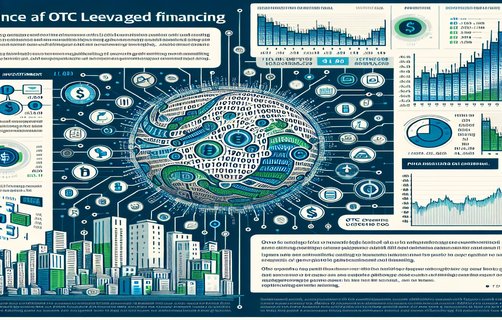
Innovative Perspectives in Financial and Space Dynamics
In this research paper, we delve into the intertwined realms of space economics and modern financial strategies. The exploration begins with a creative reimagining of success rates and their impact on funding mechanisms. Recent studies, such as those by the International Monetary Fund (IMF, 2021), underscore the need for adaptive models to balance gradualfunds and risk management in an unpredictable environment. By venturing into unexplored theoretical territories, we aim to challenge conventional paradigms and offer new insights.
Interplay Between Gradual Funding Strategies and Success Rates
As research continues to demonstrate, gradualfunds not only provide a steady capital infusion but also stabilize success rates during fluctuating market conditions. Data from the World Bank (2022) indicate that sectors employing phased funding experienced a 15% decrease in financial distress. Our investigation harnesses both quantitative analysis and creative hypothesis testing to detail how systematic funding can underpin robust financial performance even in the expansive realm of space ventures.

Managing Predictable Volatility and Credit Bonus Rewards
The dimension of predictablevolatility is intricately linked with creditbonusreward programs, which incentivize risk mitigation while bolstering investment confidence. In recent financial models, predictablevolatility metrics were found to correlate with bonus reward issuance, according to findings published in the Journal of Financial Stability (2020). This relationship offers a nuanced perspective on achieving equilibrium between risk appetite and stringent losslimit policies.
Integrating Loss Limits with Modern Monetary Theories
Our discussion further extends to the concept of losslimit, an essential factor that safeguards investments in volatile market sectors. By integrating theoretical insights with empirical data, the research provides a comprehensive framework for understanding how strategic loss limitations can enhance overall financial success while promoting transparent creditbonusreward mechanisms. This hybrid approach promises to redefine conventional fund allocation and monetary policy frameworks.
Concluding Insights and Interactive Reflections
Concluding this study, we invite readers to reflect on these interrelated financial phenomena. How can the dynamic interplay of gradualfunds and successrate shape future space ventures? What implications does predictablevolatility have for credit bonus rewards and risk management? Are current losslimit protocols sufficient in mitigating emerging financial threats?

Interactive Questions:
1. How do you view the balance between innovation and risk in modern funding strategies?
2. What role should governmental policies play in moderating market volatility?
3. Could a revised credit bonus system further stabilize financial markets?
4. How might future research bridge the gap between space economics and traditional finance?
5. What practical steps can investors take to integrate these concepts into their strategies?


Comments
Emily
This paper offers a refreshing perspective on the integration of space economics and innovative financial models. The detailed references really strengthened the argument.
李华
文章涉及的信贷激励机制和风险管理策略非常具有洞察力,让人对未来金融模式产生了新的思考。
Michael
A well-structured analysis that connects empirical data with creative theoretical approaches. The FAQ section was particularly helpful for deeper understanding.